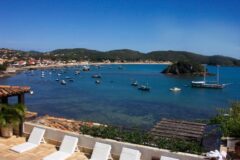Latin America’s World Heritage Sites

Did you know that Latin America has 140 UNESCO World Heritage sites, of which 97 are cultural, 38 natural and five mixed properties – as per April 2018? We’ve listed 20 of our favourites below:
Cusco lies high in a fertile mountain valley at 3,399m and is surrounded by the lofty ice peaks of the Andes. In the 16th century, the Spaniards conquered Cusco and built baroque churches and palaces covering the ruins of the Inca city. However, they left the structure intact, and today it’s recognised as one of the most enticing, unspoiled cities on the continent.
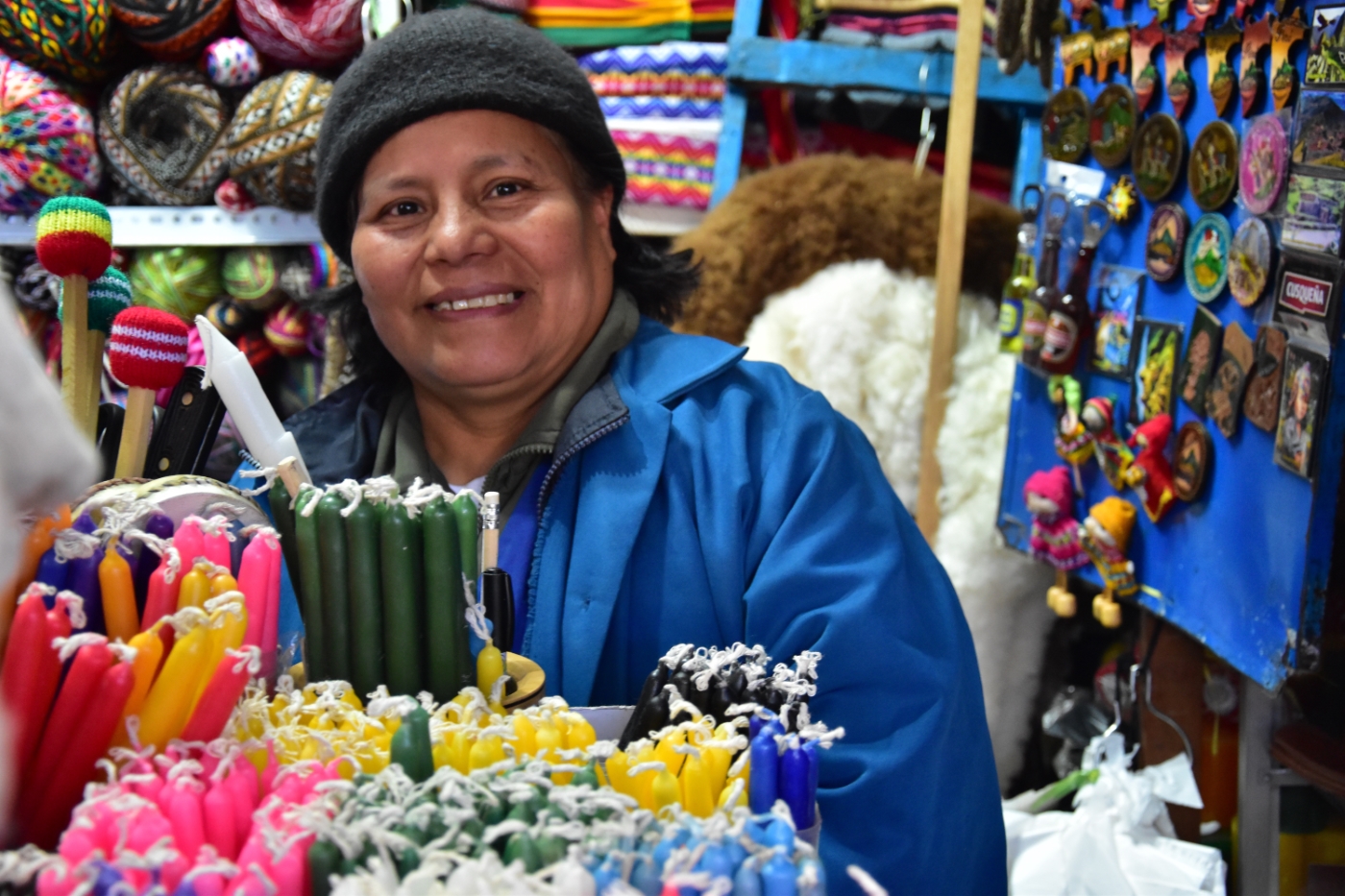
2. Iguazú/Iguaçú National Park, Argentina and Brazil
The 275 separate cascades that form the Iguazú Falls straddle the border between southern Brazil and northeast Argentina, and are an absolute highlight for anyone visiting the continent. From the Brazilian side you get a panoramic view of the three km cliff edge, and on the Argentine side there’s a series of walkways leading you above, below and even behind the water.
3. Chichen Itza, Yucatán Peninsula
Chichen Itza was one of the greatest Mayan centres of the Yucatán peninsula, and the pyramids, courts and temples that make up this 1,500-year-old site are perhaps the most impressive collection of Mayan structures anywhere. El Castillo is probably the most famous structure on the site, and visitors flock here on the spring equinox to watch the shape of a sacred snake appear from the shadows to ascend the stone steps of the pyramid.
Easter Island, or Rapa Nui, is an isolated Chilean territory in the middle of the Pacific Ocean. The rugged hilly island used to be inhabited by Polynesians who established the island’s enigmatic moai, or giant stone heads. The remaining sculptures, the rocky and treeless grasslands and white sandy beaches on the island mesmerise visitors until this very day.
Belize’s barrier reef is with 300km the largest in the western hemisphere. Beneath the surface of Belize’s Caribbean waters lies a hotbed of marine life, great for snorkelling. Rays, nurse sharks, turtles, moray eels, grouper, barracuda and king mackerel swim alongside the countless smaller species of tropical fish. Endangered species, including marine turtles, manatees and the American marine crocodile can be found here as well.
Havana was founded in 1519 by the Spanish and quickly became one of the main centres for ship-building in the Caribbean. Today, the city is famously stuck in a time warp, with crumbling façades, junk shop furnishings and classic American cars. A lot is being done to restore the baroque colonial buildings and squares, and there are new restaurants and smart hotels.
7. Los Glaciares National Park, Argentina
The ice fields of Los Glaciares National Park, in Southern Patagonia, are an incredible wilderness from which 13 huge glaciers flow into the waters of lakes Viedma and Argentino. Visitors can only see a small part of it all, but still get a real sense of the remoteness of this unpopulated region. Lakeside town Calafate is the base for visits to the Perito Moreno, Upsala and Onelli glaciers.
8. Jesuit Missions of La Santísima Trinidad de Paraná and Jesús de Tavarangue, Paraguay
The missions in southern Paraguay were established by the Jesuits in the 17th century to nurture the earthly and spiritual lives of the local indigenous Guarani people. Although most structures now lie in ruins, the skills of the Jesuits and their Guarani students in the architecture and art can still be appreciated in the remaining plazas, doorways, friezes and porticos of these churches and communities.
9. Pantanal Conservation Area, Brazil
In the centre of Brazil is the world’s largest wetland, a mix of wilderness and cattle ranches with savannah, swamps and sluggish rivers. The Pantanal has an enormous diversity in vegetation and wildlife, including storks, macaws, capybara, caimans and anacondas. Visitors can explore the area on foot, by boat or on horseback, depending on the type area they visit.
The capital of Ecuador has been magnificently restored over the years and shows visitors beautiful cobbled lanes with whitewashed façades, scrubbed up churches and renovated theatres. The city has the best-preserved and least altered historic centre in Latin America. Quito is situated at 2,850m and is flanked by volcanoes which contribute to its appeal.
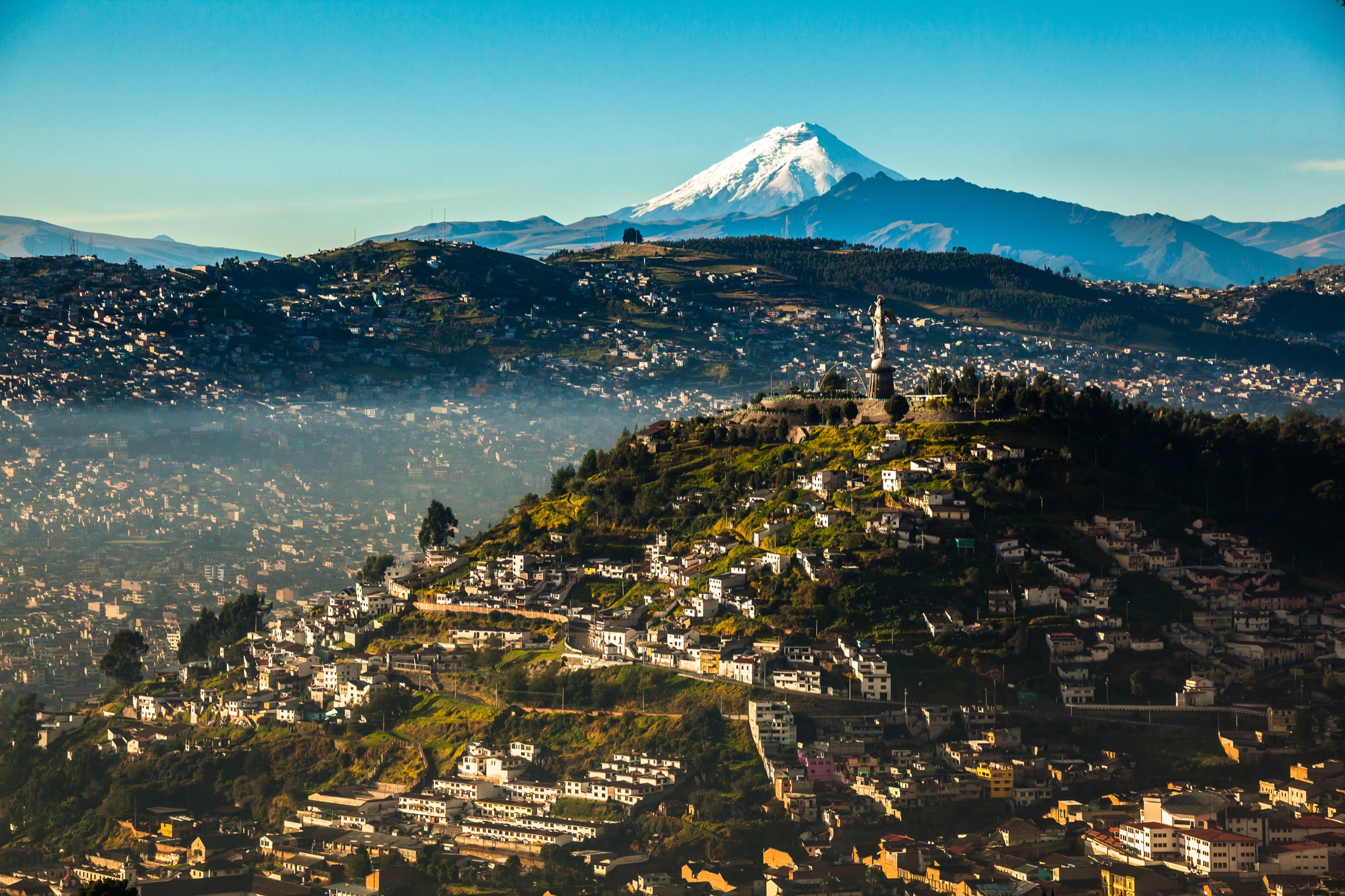
11. Coffee Cultural Landscape of Colombia
Colombian coffee is enjoyed all over the world and the distinctive bean is produced in the rolling green hills between the cities of Pereira, Armenia and Manizales in the western Andes. Visitors can enjoy guided tours of the plantations and visit the historic properties that have recently opened their doors. The architecture of the urban areas can be described as typically Antioquian with a Spanish influence.
Suriname’s capital is characterised by balconied wooden mansions and Dutch churches, while the culture and cuisine is an intriguing fusion of indigenous South American, European, African and Asian elements. The characteristic street plan of the historic centre remains intact, and the buildings show a fusion of Dutch architectural influence with the use of traditional local techniques and materials.
The island of Chiloé is steeped in rural traditions and unique island folklore. Its distinctive shale churches with their Nordic aspects are UNESCO World Heritage sites. They represent a tradition introduced by the Jesuit Peripatetic Mission in 17th and 18th centuries which still prevails today. Chiloé can be visited on a day trip from Puerto Varas or Puerto Montt, while longer stays can be arranged with the option of staying at a family home.
14. La Amistad National Park, Costa Rica and Panama
La Amistad National Park is equally split between Costa Rica and Panama, and covers 401,000ha of tropical forest. Its size makes it the largest nature reserve in Central America. There’s a wide variety of flora and fauna and the park also features countless of hiking trails, bathing pools and waterfalls for visitors to enjoy.
Certainly part of the appeal of the Colombian city of Cartagena is the fact that it’s located in a bay in the Caribbean Sea. The city is divided into three different zones, and the fortifications and cannons still remind us of the countless attacks by waves of pirates and national fleets since the time of the Spanish Empire. The cathedral and the many Andalusian-style palaces in San Pedro are also protected by the UNESCO World Heritage status.
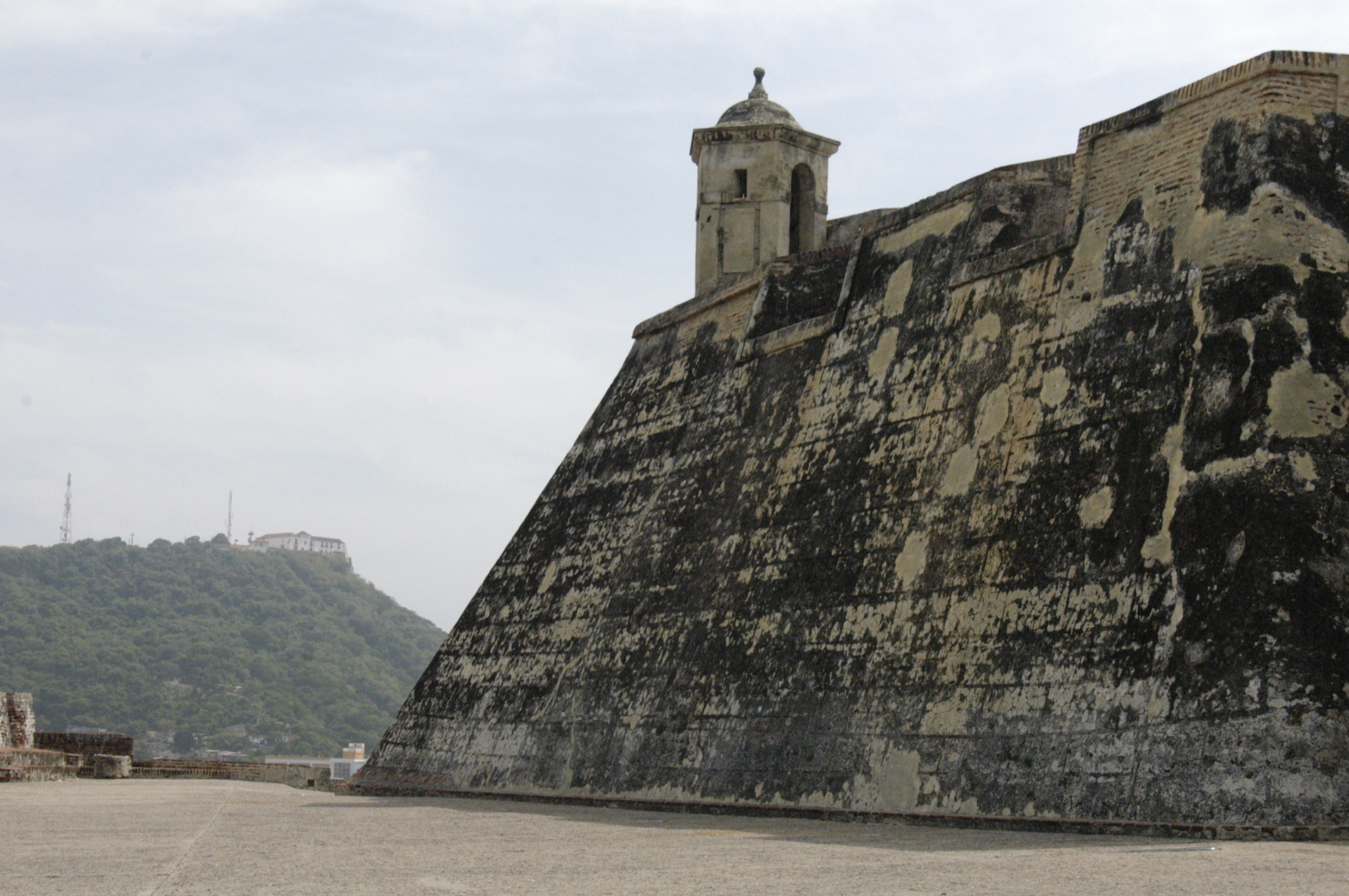
The Galápagos Islands are situated in isolation in the Pacific Ocean, far away from the South-American continent. The in total nineteen islands are formed by volcanic processes and house a huge variety of wildlife. The archipelago also inspired Charles Darwin’s evolution theory by natural selection following his visit in 1835. Visitors can climb a volcano, kayak to white sandy beaches or even swim with hammerhead sharks during their stay.
Bolivia’s first capital was founded by the Spanish in the 16th century. It’s the epitome of an elegant, whitewashed, red-tiled roofed colonial city with baroque churches and shady plazas. The city’s set in a valley surrounded by mountains, and perfectly blends local architectural traditions with styles imported from Europe.
18. Tikal National Park, Guatemala
The city of Tikal is one of the major sites of Mayan civilization, and began its development before 250AD. Following its collapse in c. 900AD its jungle remoteness kept it isolated until roads and airstrips brought it within reach in the late 20th century. With its surviving temple pyramids, vast plazas and its wealth of carvings and inscriptions, it’s seen as one of the continent’s most impressive cultural monuments.
Arequipa’s nickname is the White City because of its pearl coloured mansions and churches. The shady arches, spires and unreconstructed grid of gabled colonial houses have a middle-eastern flavour. The small shops and cafés and flowery plazas make it a great place to relax, and to get accustomed to the altitude (2,335m) if you're heading into the Andes.
Machu Picchu is arguably the most famous of the Latin America World Heritage Sites, and everyone recognises the dramatic shot of the citadel, astride a series of man-hewn terraces carved into a rainforest-clad mountain saddle at 2,430m in the Andean foothills. The site featuring steep stone staircases, bridges, temples, houses and palaces is easy to explore and extremely photogenic.
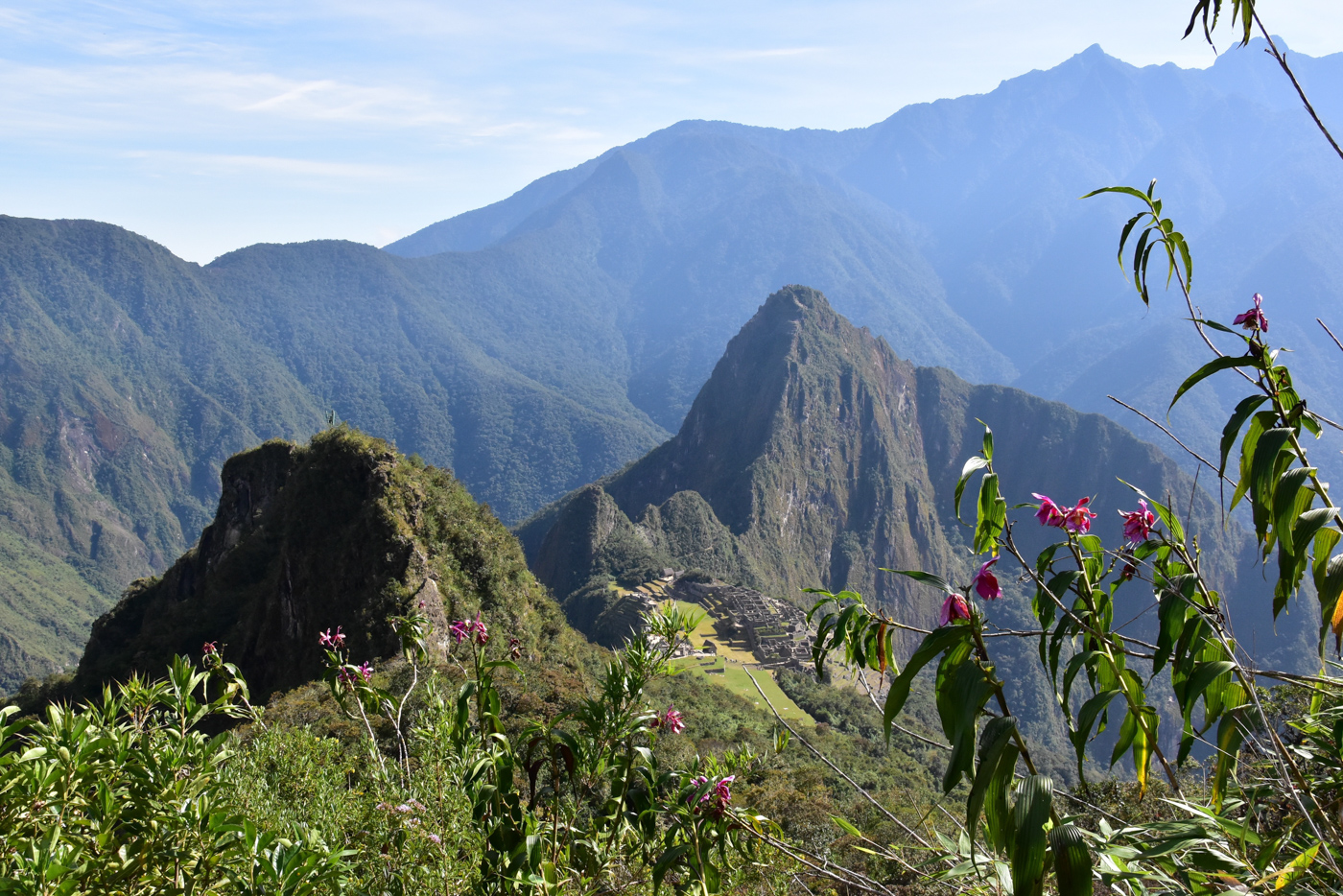
Tailor-made holidays
Flexible, custom-made holidays to Latin America created to match your exact requirements: our tailor-made itineraries are as unique as the clients for whom they are designed.
Design my tripPapagaio
Your edit for Latin American inspiration
Our exciting range of articles on Latin America explore everything from iconic destinations and lesser-known cultural gems to delicious traditional recipes. You’ll also find exclusive travel tips, first-hand client reviews and the chance to get your personal questions answered by our travel experts.
View Extraordinary Inspiration

